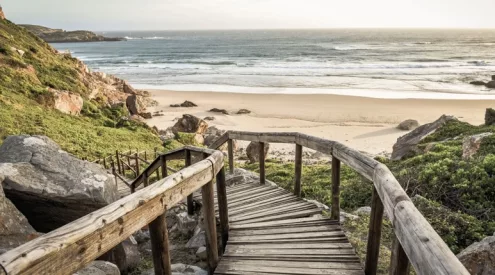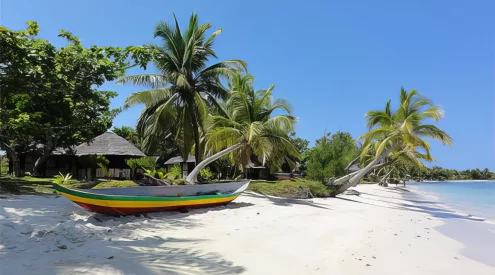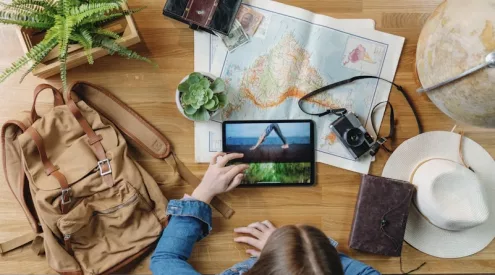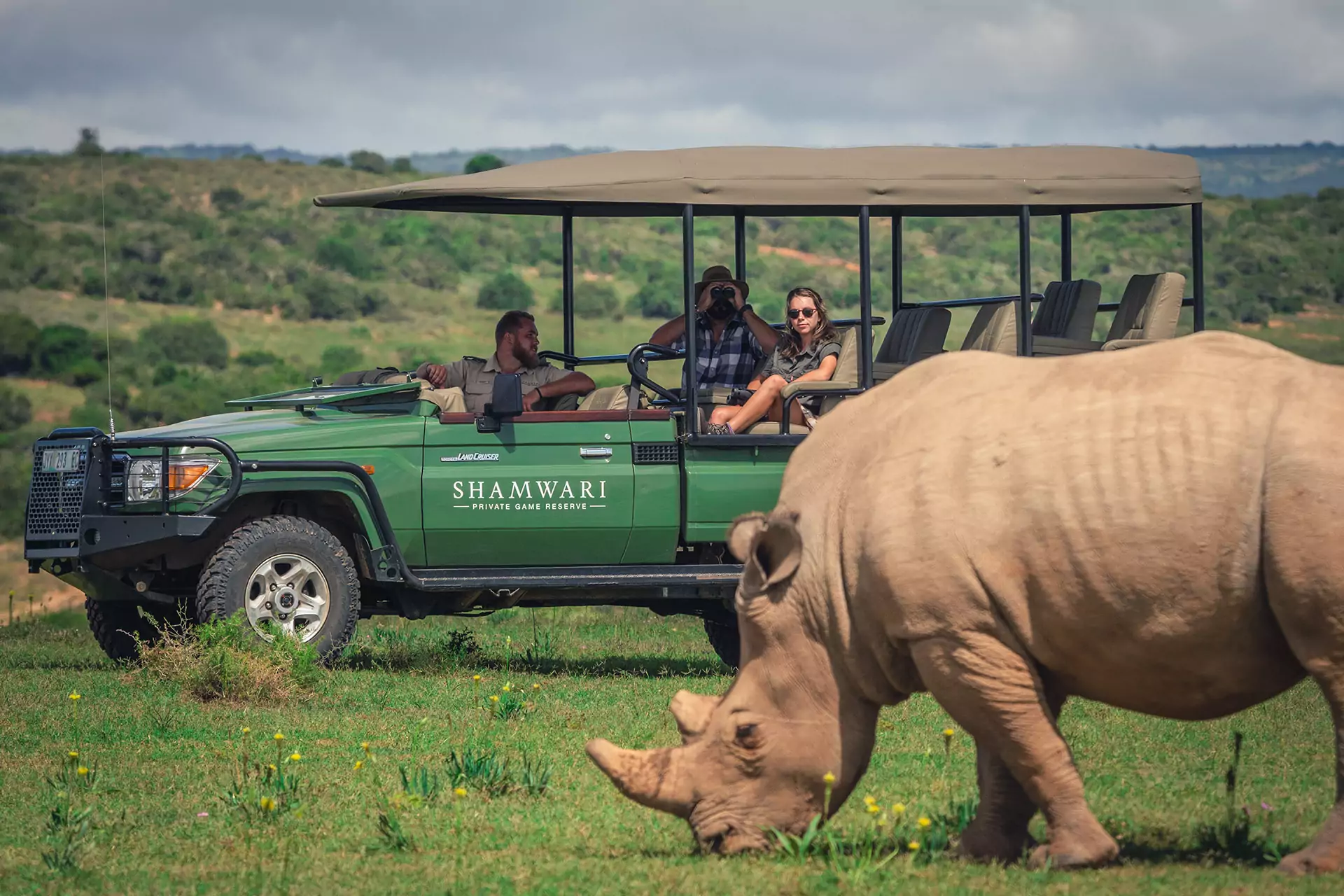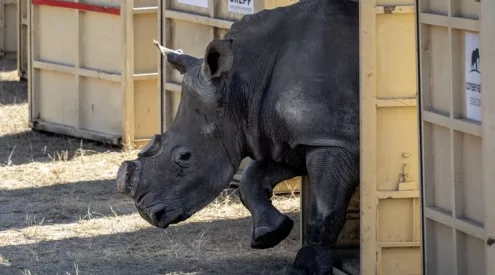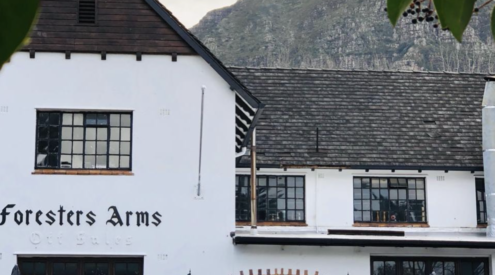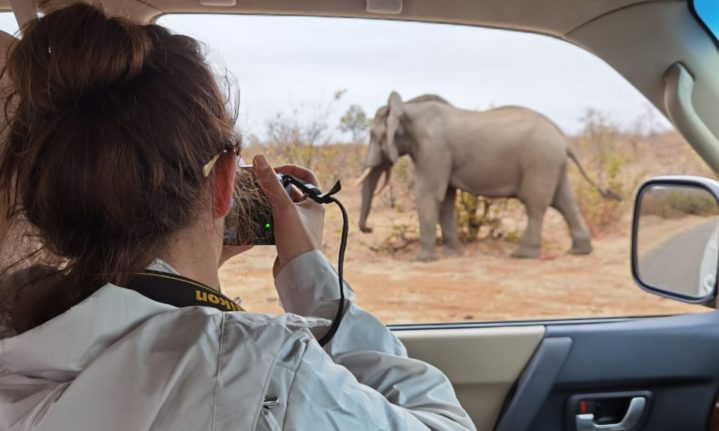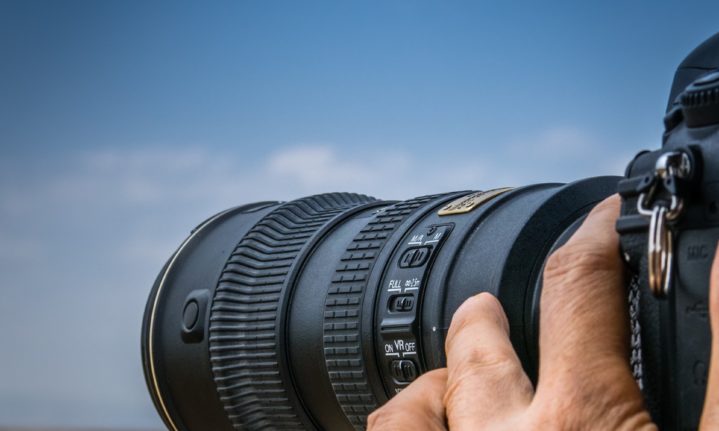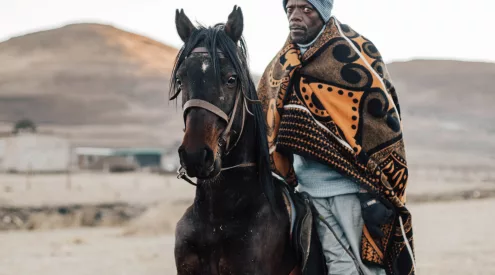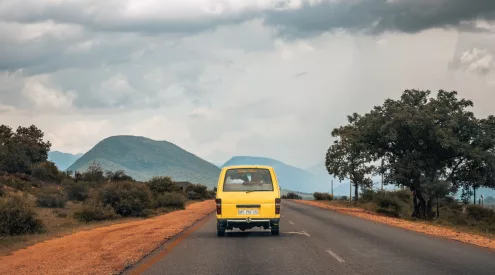Whether you’re shooting on an iPhone or with an enormous zoom lens, the Kruger National Park is the ideal place to practice and perfect your wildlife photography skills.
With the privilege to capture wildlife in unspoiled natural habitat, comes the responsibility of doing so ethically. Here are some things to consider and some tips to follow to make sure your photography does not compromise your wildlife subjects.

Do your research
If you are setting out with a particular subject in mind, do your research on that animal. Learn about the behaviours, the kinds of habitat an animal prefers, and their diet. Once you are in the field, assess the animal’s behaviour. Take note if your presence is causing visible signs of distress. For example, elephants may lift and shake their heads, and trumpet when uncomfortable. If you notice that an animal has stopped feeding, hunting, mating, or has abandoned a den or nest, then it’s time to back off.
If an animal begins to relax once you’ve moved away, then you may have a chance to continue photographing, but if signs of distress like alarm calls continue, then remove yourself from their space. Sometimes ethical wildlife photography means not trying to take the shot at all.
Respect their environment
It can be frustrating when the environment gets in the way of your subject, but you should never alter their natural surroundings in any way. If a branch is in the way, move around it. If a subject is too far away, do not go off-road to get closer. That is what zoom lenses are for. If out at night, take care with a spotlight. Use infrared filters when shining on predators, and avoid shining directly in animal’s eyes, particularly diurnal wildlife as this can cause temporary blindness. While a red spotlight may not be ideal for nighttime photography, it causes no harm to the animals and camera settings can be adjusted to compensate for the red light.
Don’t overcrowd sightings
Animals can feel threatened by too many vehicles. While it’s true everyone would like a chance to see, it’s not worth compromising the animal’s comfort to get a quick peek. If you see too many cars around a sighting, sometimes the best thing to do is move on, and not add to the congestion.
Let sleeping lions lie
Sightings in the middle of the day can be tough to photograph, as animals seek shade and rest. Even up close, sleeping lions for example don’t make particularly interesting photographic subjects. However, animals at rest must be left to do so. Do not throw anything, or do anything to provoke a response from them in order to get a more “interesting” shot.
It is also unethical to play wildlife sounds or calls to animals or birds. This could cause them to abandon a den or nest in response to a perceived “threat” leaving their young exposed and unprotected. Take special care during breeding season, and avoid driving in a way that might separate animals from their offspring.
Respect fellow patrons in the park
Situational awareness is important when driving in the Kruger, not only for the wildlife but for the other guests sharing the road. When approaching a sighting, avoid parking in between whatever animal is being viewed and other cars. Notice other photographers and viewers, and respect their time at a sighting by not driving in front of them or pressuring them to move. At the same time, be aware that other people may want to join a sighting and don’t spend too much time hogging a prime spot.
Don’t bait or feed
Feeding or baiting animals can change their behaviour, and attitude towards humans. Already in the Kruger, baboons, monkeys, hyenas, honey badgers and even birds have become a perceived problem due to humans feeding them. It may seem innocent to lure birds and squirrels closer with seeds or bread to get a good shot, but down the line this causes more trouble, and it’s the animals that end up suffering.
Go slow
Sit with your subject. Some animals may need to adjust to the presence of your vehicle, and may relax after some time. The longer you spend waiting, the better chance you have of getting your shot.
Protect them
When sharing wildlife photos, it is important to share responsibly. Take caution when photographing endangered species or species susceptible to poaching. Remove any geo-location tags that poachers could use to locate animals, and remove EXIF (exchangeable image file format) data from a photo to ensure that GPS coordinates will not be attached to it.
Picture: Lauren Dold

